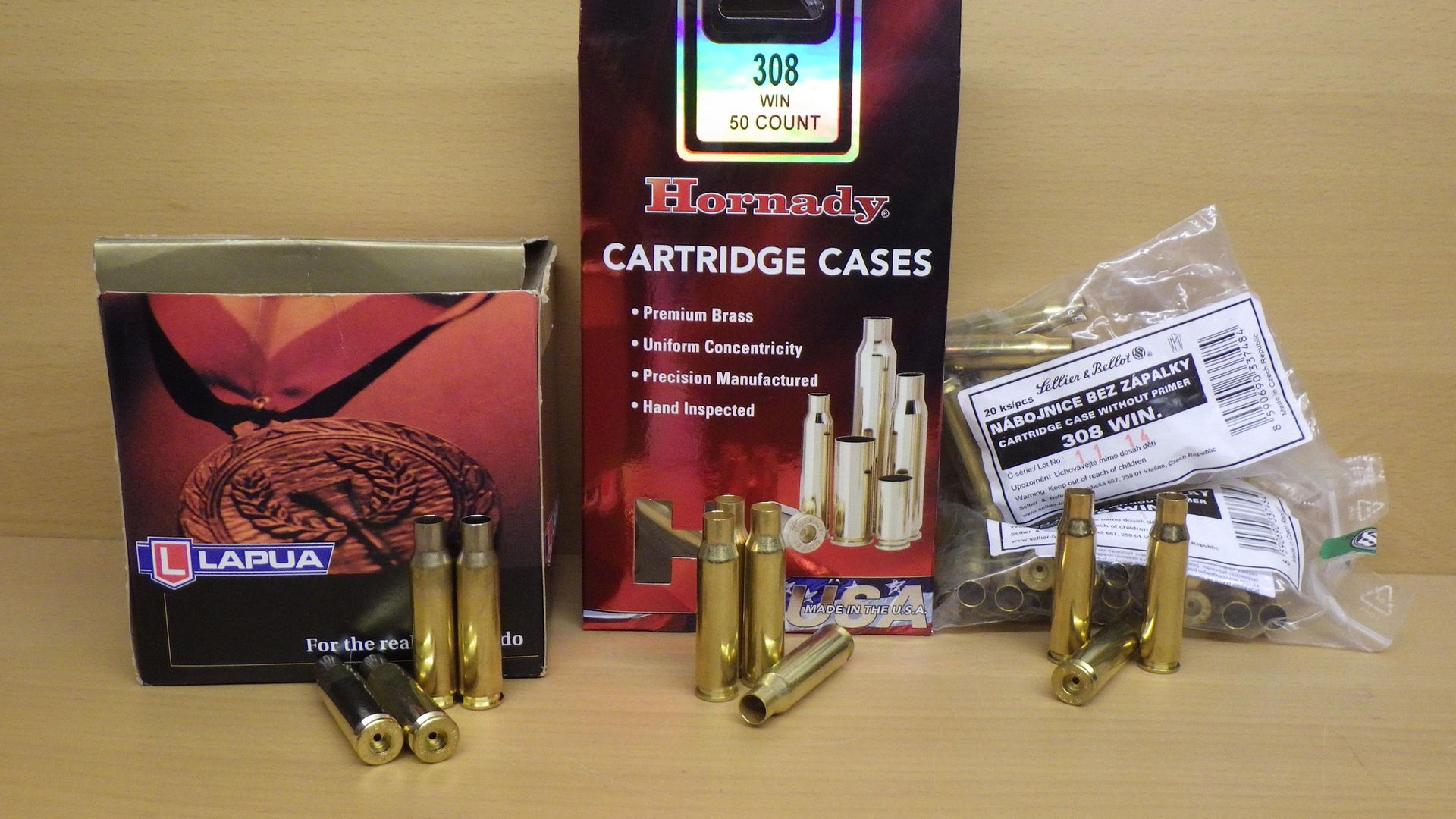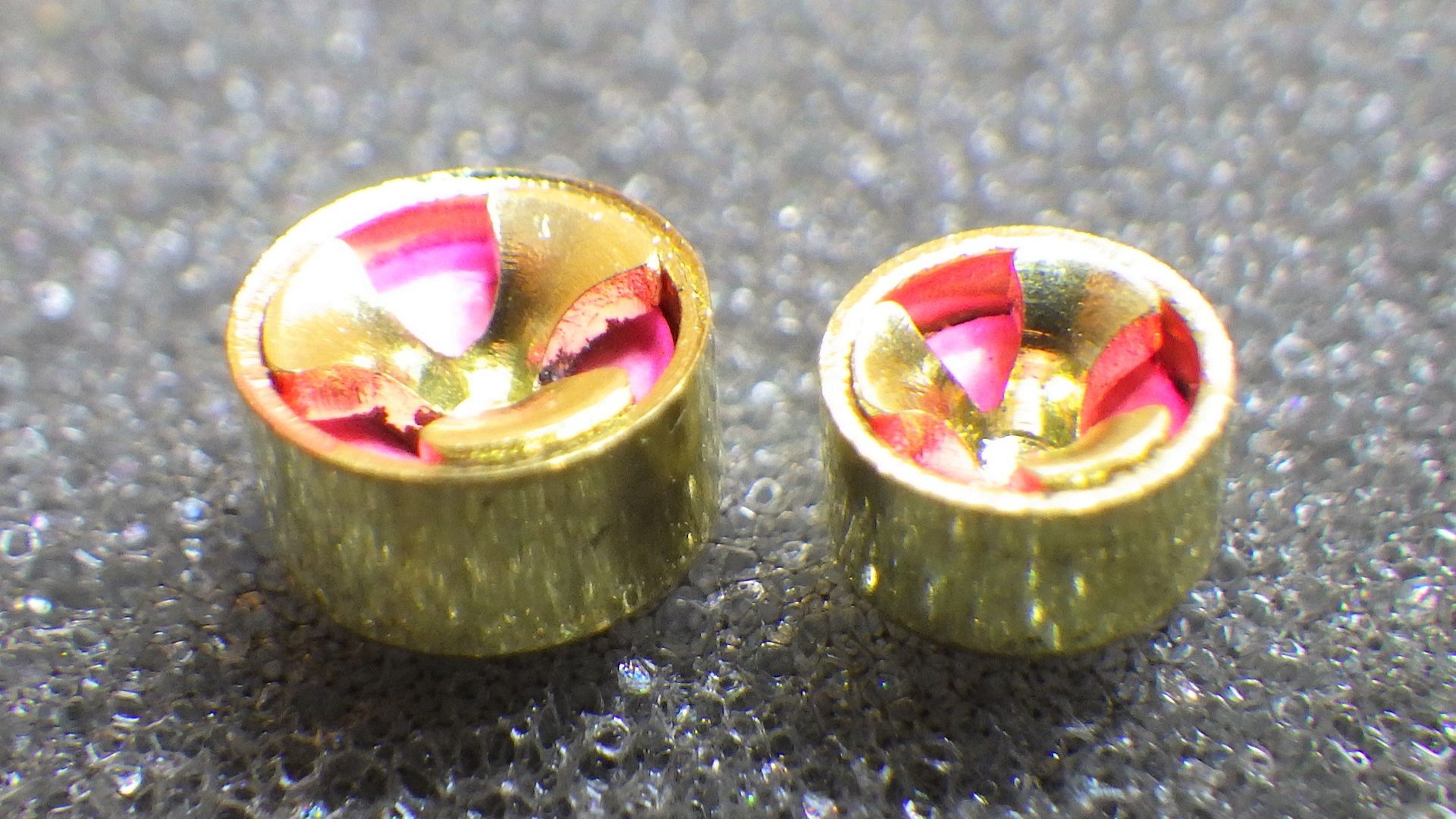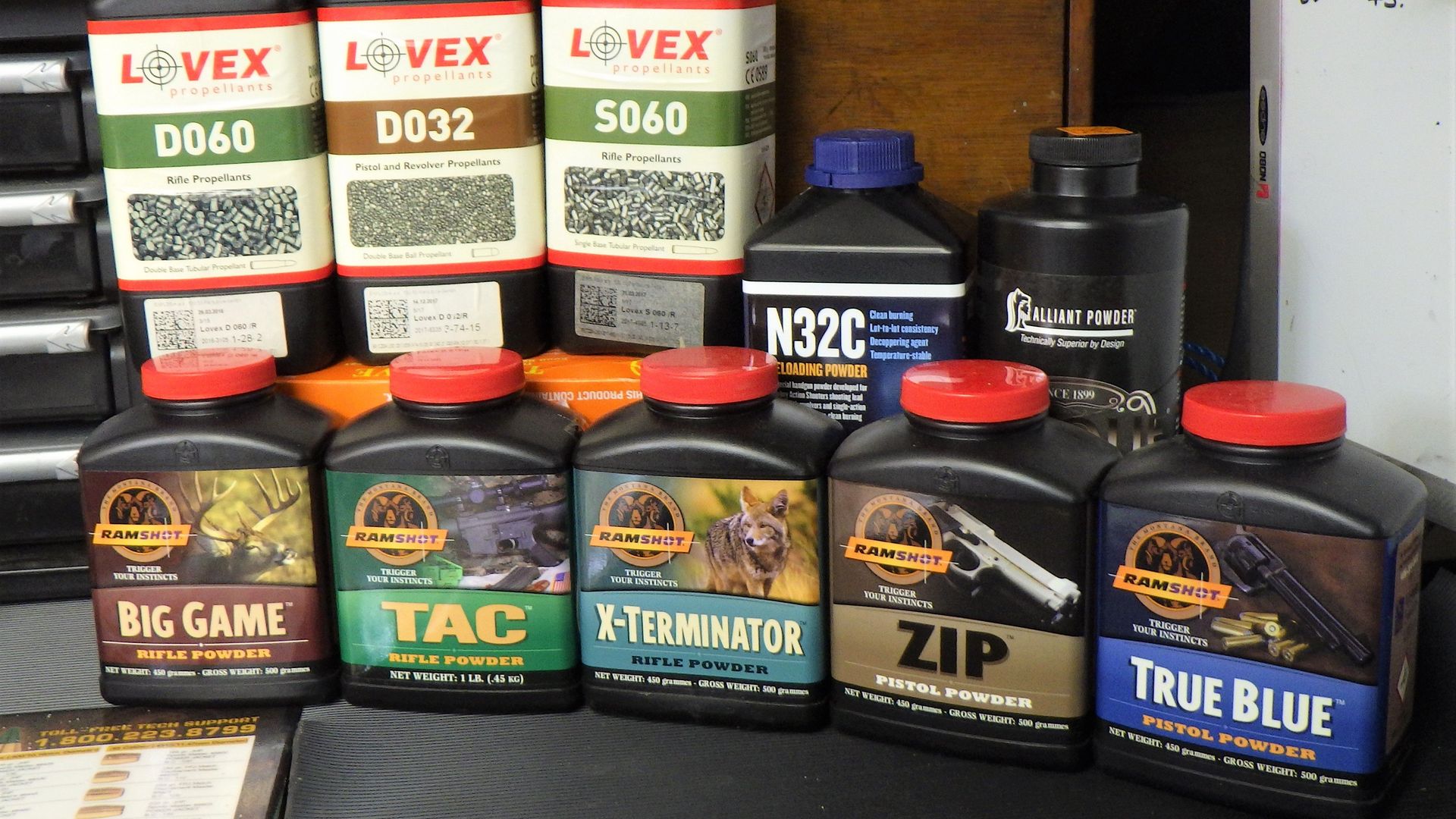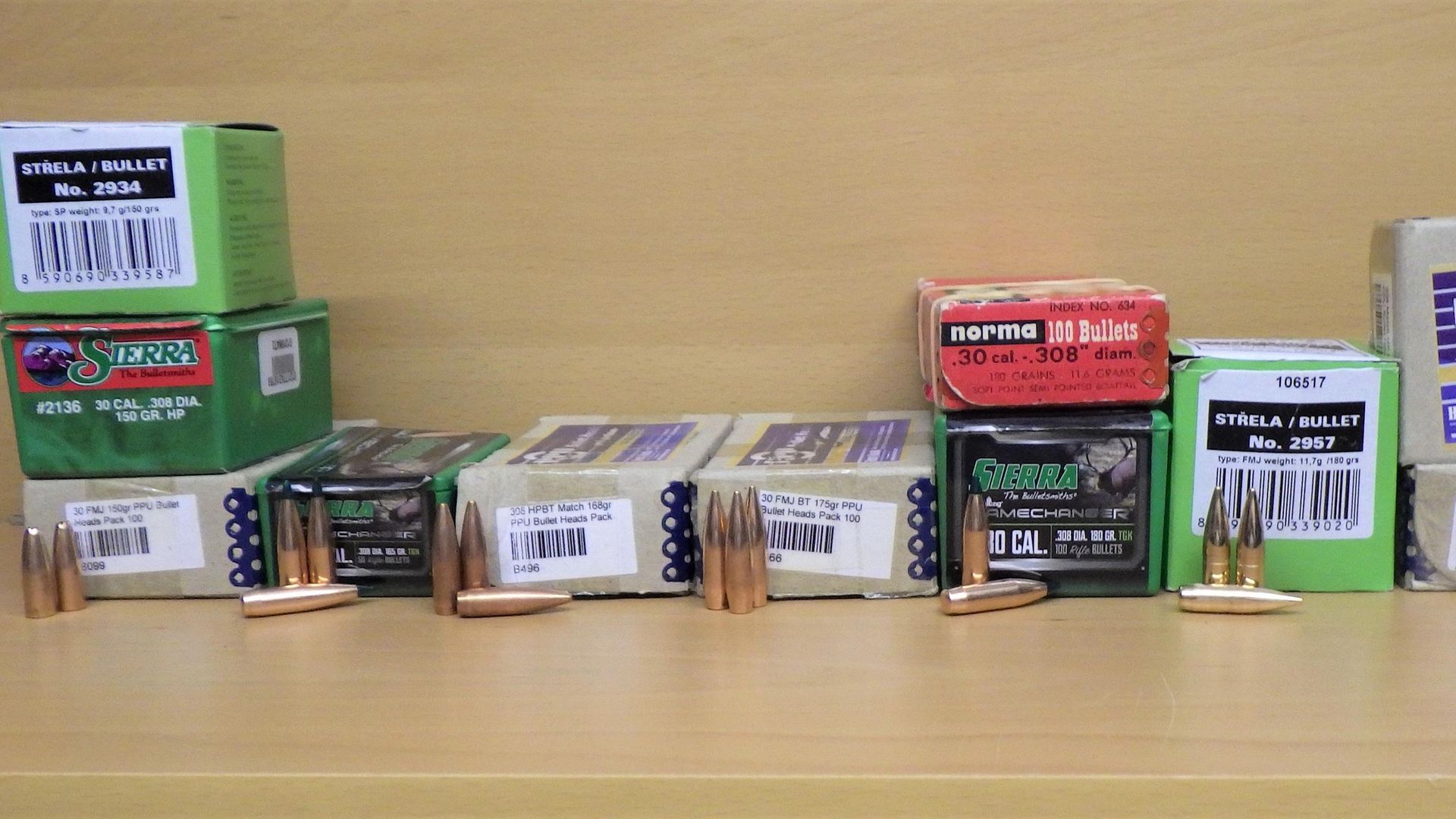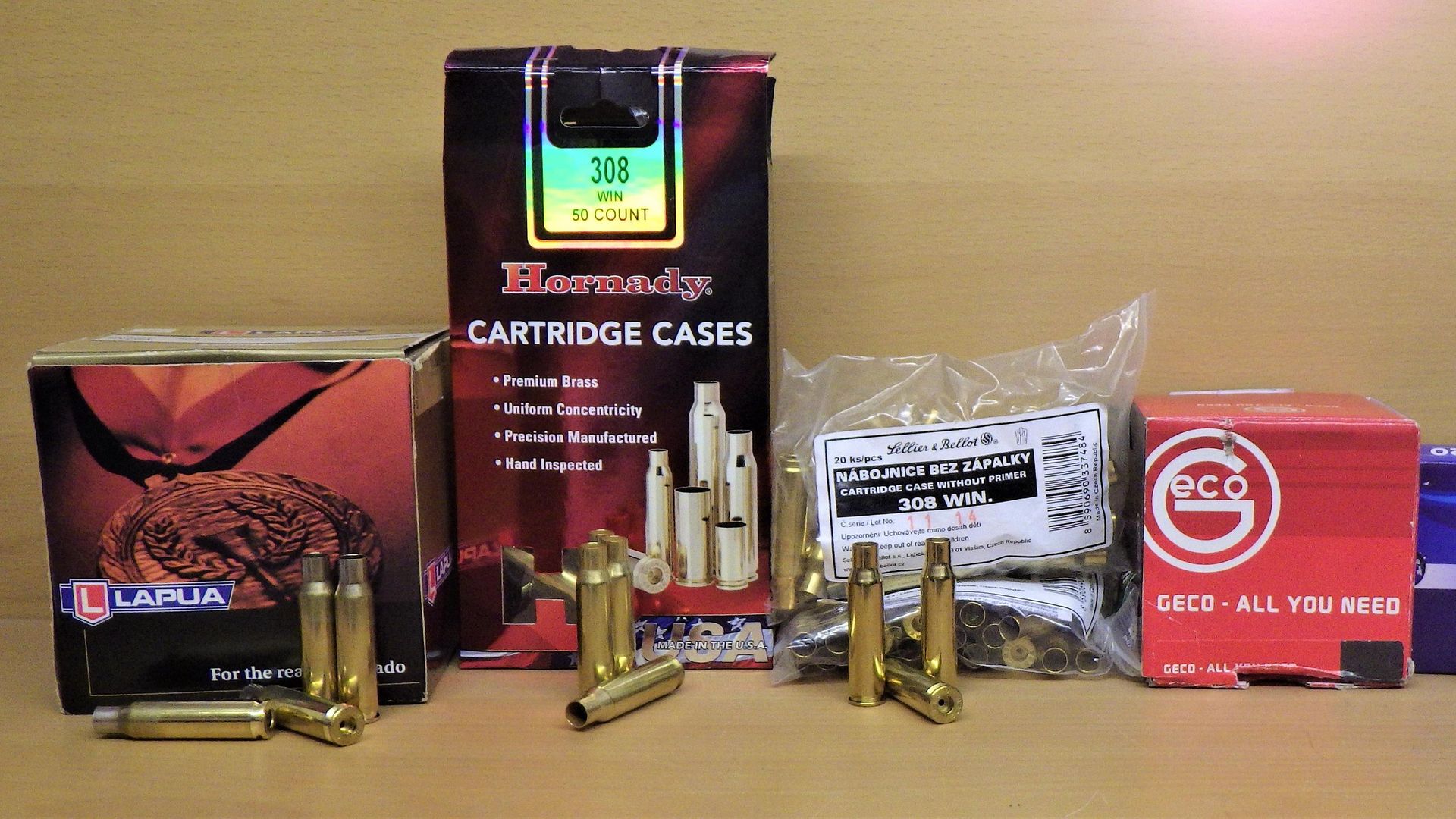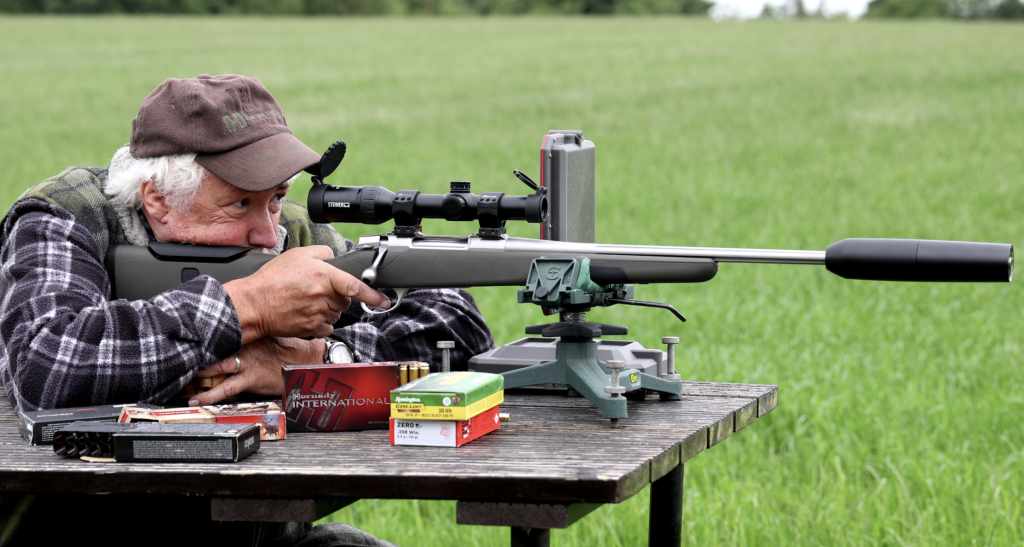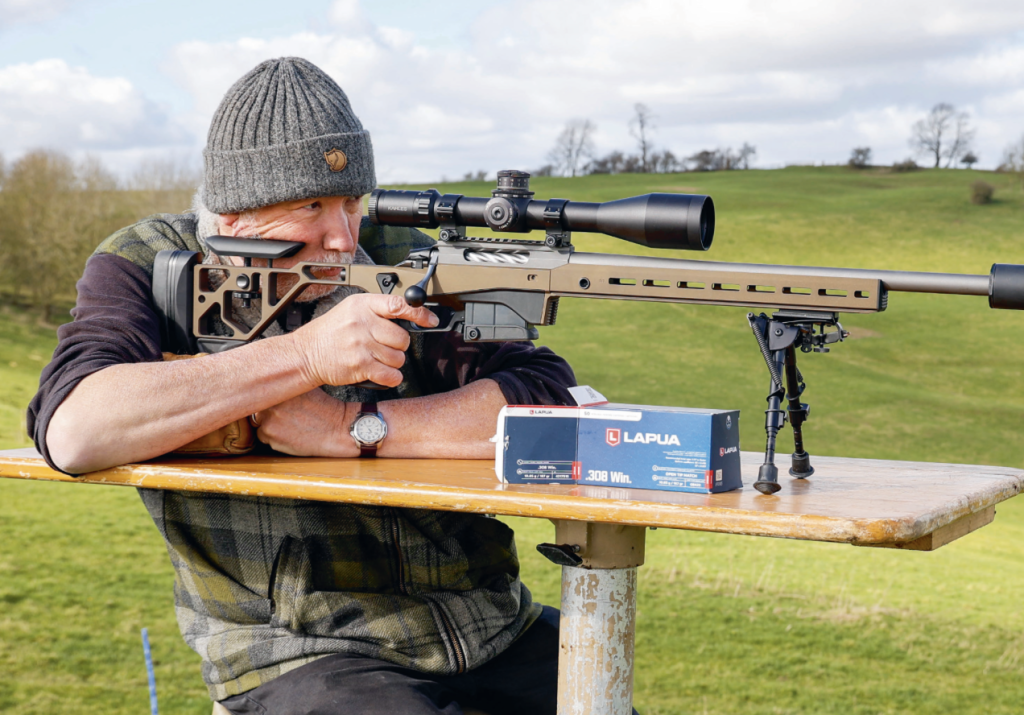Reloading for beginners: cases, primers, powders & bullets
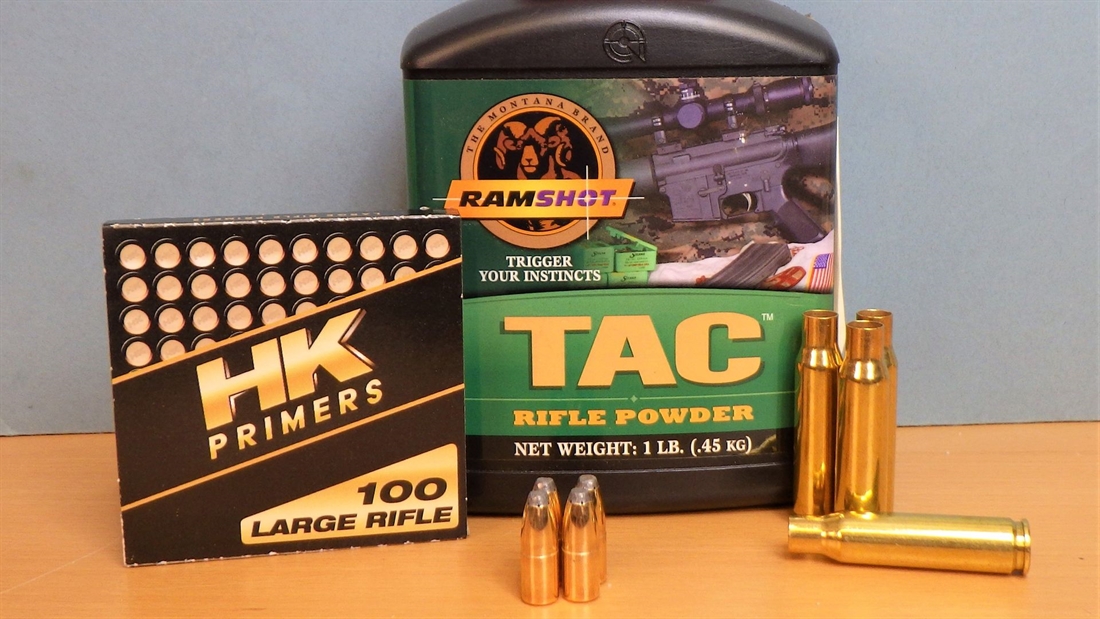
Here, we take a look at the components you will need to start reloading, and some of the most important issues to consider when creating your initial loads…
Having decided you want to start reloading (see our ‘Pros, cons and kit’ article here), and purchased your reloading hardware, the next stage will be to stock up on reloading components: cases, primers, powders and bullets, which all vary considerably in both price and quality and you need to select your components carefully. They must of course be an exact match for your chosen gun, so be sure to do your research using reloading data and manufacturers’ websites.
The key to reloading good, consistent ammunition is to buy in quantity, stocking up on powders and bullets from the same batches to avoid variations in manufacturing. At the start, though, it is better to experiment with smaller quantities until you get the right combination of components for your gun.
Cases
Cases are by far the most expensive of the reloading components, but because they are also the one that you can use again and again, the cost is spread over several uses so has less impact on the cost of each batch of ammunition you reload. £60 and up for one hundred cases is a big outlay, but, with care, you might be able to reload them ten times or more, effectively reducing the cost per use to just £6.
If you have been shooting factory ammunition, and you kept the cases, then you are already one step ahead, as not only do you have a supply of ‘free’ cases to reload but they have been fired in your gun so you know they function well in it. If you accept used cases from someone else, be aware that having been fired in someone else’s gun, maybe more than once, they may not necessarily function well in yours. Do not be tempted to pick up and use fired cases you find laying on the floor at the range – they might seem like a gift but brass is expensive and it has probably been discarded for a reason. There are not many shooters that will drop and leave brass that has only had one factory fresh firing.
Better quality cases will last longer and you will get more uses out of them, generally because there is more brass in them and they have been manufactured to a better standard. The brass needs to be prepared in such a way that it is strong enough to withstand the pressures it is subjected to, springy enough to function properly in the chamber of the gun, and meet the tight tolerances required to reload and function well.
All cases, new or once-fired, should be checked thoroughly before use. A visual check of each case will pick up any signs that they are damaged or defective and also show how much preparation they might require before first use. Even batches of brand-new cases can contain one or two that have not been made or finished correctly. The standard to which different manufacturers ‘finish’ their brass varies and some leave a fair bit of work for the end user to do before they are ready to reload. We will look at case preparation in detail soon.
Primers
Primers are pretty straightforward and they are the least complicated component to buy. They come in four sizes: large rifle, small rifle, large pistol and small pistol and the size required is dictated by the calibre of the ammunition you are making. Rifle primers cannot be substituted for pistol primers and vice versa. Rifle and pistol primers carry different types and amounts of primer compound and burn at different rates and temperatures.
Unless the ammunition you are reloading specifically calls for the use of Magnum primers, do not under any circumstances use them in your reloads. Magnum primers burn hotter, and longer and are intended to ignite larger amounts of powder in ‘high powered’ calibres. If you attempt to use them in calibres that do not call for them, you risk causing excessive and dangerous pressures in your gun. If magnum primers are all that your chosen retailer has in stock, go somewhere else – do not be sold magnum primers.
In the past, the cost of primers varied significantly from brand to brand, but now the prices are pretty much the same. Retailers tend to only carry one or two brands on their shelves and it is usually a case of having to buy whatever you can get locally. It is not possible to have primers delivered in the post and you will be required to show a valid Firearms Certificate at point of sale.
The hardness of primers varies from brand to brand and the harder ones require a heavier strike from the firing pin to ignite them. If you experience a problem with your gun not igniting the primers, an occurrence known as ‘light strikes’, then you can try another brand. Some reloading gear manufacturers, for example Lee Precision, publish specific warnings about not using certain brands of primers in their priming tools and you should check the instructions and follow those warnings. On this point, I have never had a primer detonate on a priming tool of any make in over thirty years of reloading, but do take heed of ALL safety warnings that come with reloading gear and components.
Powders
Generally speaking, the source of most reloading data is powder manufacturers and so this is the information that dictates what powder you use. All of the big powder manufacturers have fantastic online reloading data and publish regularly updated reloading guides.
Ramshot powders, for example, produce a vast handloading guide both online and on paper and they include an extensive list of loads with several different combinations of bullets and powders for each calibre. A guide like this is a great place to start because as well as including all of the important data for every load, such as Cartridge Overall Length (C.O.L.), they name the specific brand and type of every bullet used so you can match them exactly if you want.
Another advantage of using the Ramshot guide is that all of their powders are still available in the UK while other brands had a lot of their powders outlawed by EU regulations. Other guides, such as those from Hodgdon and Lovex, are also great sources of information.
Bullets and calibre
There are too many types, weights and shapes of bullets to list here, each with their own characteristics to suit a particular application, be it target shooting, stalking, etc. The best place to start reloading is to try to reproduce the factory ammunition you have been using before starting to reload your own.
Using reloading data from a powder manufacturer you can look up the calibre and bullet weight to match the factory round and you will find details of powder charge, C.O.L., muzzle velocities and usually a lot of other helpful data. Some reloading data will specify the exact brand and type of bullet used in creating the reloading data, others might just list a generic bullet weight common in that calibre. Armed with this information, you can then source a suitable bullet to match the data.
Putting theory into practice
I have used some PPU .308 Winchester factory ammunition with great success and I have the box which details the 168 grain hollow point boat-tailed bullet it uses. On page 72 of the Ramshot (Western Powders) online reloading guide, they detail a load for a Sierra 168 grain HPBT bullet in this calibre, using Ramshot TAC powder, and the starting velocity is remarkable close to that of the factory PPU load.
Both the Sierra bullet and the TAC powder are readily available in the UK and you can also purchase the PPU brand bullet used in the factory ammunition separately. The .308 Winchester calibre uses a small rifle primer so the shopping list to recreate the factory load is: Ramshot TAC powder, small rifle primers and Sierra or PPU 168 grain HPBT bullets, with the cases already secured from the factory ammo.
With there being such a huge range of reloading components, it can seem impossible to know where to begin, so recreating a factory load is a great way to go. If you start reloading by recreating rounds that have proved themselves in your gun, hopefully you will get similar results in terms of accuracy and consistency and you can move on to try different loads and components later.
If you need to buy cases, buy the best that you can afford. All components vary in price and what you buy will affect both the quality of what you make, and the cost saving you achieve compared to using factory ammunition. There is a balance to be achieved and the best advice is to buy the best you can afford, like most things in life.
Contact: Sierra bullets, Ramshot powders and PPU Ammunition – Henry Krank & Co.
Related Articles
Get the latest news delivered direct to your door
Subscribe to Rifle Shooter
Elevate your shooting experience with a subscription to Rifle Shooter magazine, the UK’s premier publication for dedicated rifle enthusiasts.
Whether you’re a seasoned shot or new to the sport, Rifle Shooter delivers expert insights, in-depth gear reviews and invaluable techniques to enhance your skills. Each bi-monthly issue brings you the latest in deer stalking, foxing, long-range shooting, and international hunting adventures, all crafted by leading experts from Britain and around the world.
By subscribing, you’ll not only save on the retail price but also gain exclusive access to £2 million Public Liability Insurance, covering recreational and professional use of shotguns, rifles, and airguns.
Don’t miss out on the opportunity to join a community of passionate shooters and stay at the forefront of rifle technology and technique.



